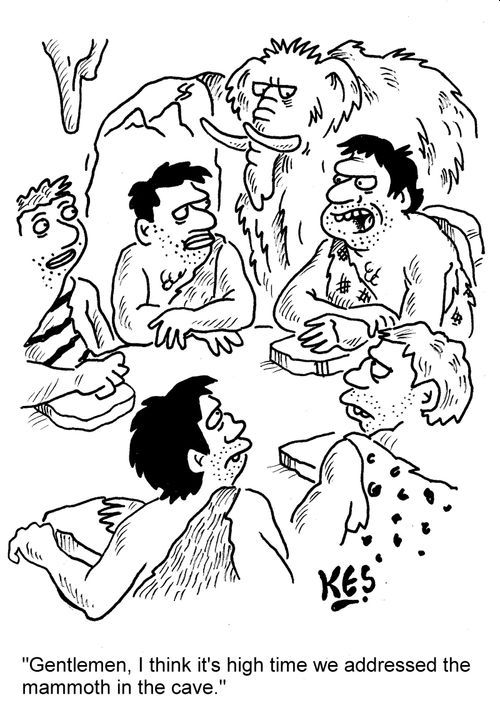Cody Cassidy's "How to Survive History: How to Outrun a Tyrannosaurus, Escape Pompeii, Get Off the Titanic, and Survive the Rest of History's Deadliest Catastrophes", 2023 is an exciting book, a thriller.
I refer to chapter on "How to Survive the Ice Age".
I did not understand everything in it such as stuff on carbon dioxide but stuff on mammoth is telling.
Our ancestors had to hunt mammoth for survival. And they were some brave people.
"...The evidence is by now unequivocal: Stone Age steppe cultures not only hunted mammoths, they did so to near exclusion. In modern times, the great woolly mammoth’s close and similarly sized relative, the six-ton African elephant, occasionally kills poachers armed with guns. You’ll have stick and stone. Nevertheless, as you grow hungry on the cold steppe, you may have only one option: launch a small stick with a sharpened rock point at a minibus-sized animal armed with twin eight-foot-long ivory spears.
And yet even before you earn the privilege of placing yourself near the business end of the pissed-off six-ton creature, you’ll have to survive in a climate that is far different, and in many ways far more punishing, than anything you could possibly experience in the modern world...."
"...To hunt mammoths, you need to first craft a spear with a shaft made of wood or bone and a spearhead of chipped flint. You might think you should throw this spear. Don’t. Your target is a six-ton animal with an inch-thick hide. The spear will merely anger it, and you will die. Instead, you need to build a spear-thrower. A spear-thrower—also called an atlatl—is a short, flat stick with a spear-holding hook on one end and a handle on the other. Its simple design belies a deadly effect: By adding another lever to your throwing motion, the spear-thrower turns your mammoth-tickler into a formidable weapon. An experienced thrower can use an atlatl to launch a spear at over 100 miles per hour..."
"...It may seem dangerous to fire at the business end of a six-ton creature—and it is—but unfortunately you don’t have a choice. Mammoth rears—like elephants’—were virtually impenetrable. There’s no use, and in fact it would be extremely ill-advised to fire at a mammoth when its back is turned. It’s the mammoth-hunting equivalent of blindsiding a bully with a spitball. You need to do more damage. You need to face the mammoth, and if you want the spear to carry enough velocity on impact, you need to be uncomfortably close. In other words, the best plan is to launch a weapon that by itself stands very little chance of disabling the animal, and a very high chance of angering it, from a very close range..."
Artist: KES

